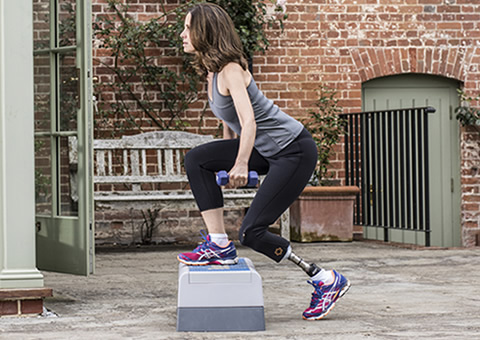PROSTHESES
Lower extremity prosthetics are artificially replaced limbs located at the hip level or lower. The two main subcategories of lower extremity prosthetic devices are trans-tibial and trans-femoral. In the prosthetic industry a trans-tibial prosthetic leg is often referred to as a “BK” or below the knee prosthesis while the trans-femoral prosthetic leg is often referred to as an “AK” or above the knee prosthesis.
Upper Extremity Prosthetics
Upper Extremity Prosthetics are devices designed to replace, as much as possible, the function or appearance of a missing upper limb. The field of upper extremity prosthetics is a constantly changing arena as researchers and prosthetists strive to bridge the gap between prosthetic reality and upper limb physiology. Soon multidextrous terminal devices, such as that found in the iLimb system, will be a clinical reality. Successful prosthetic care depends on good communication and cooperation among the surgeon, the amputee, the rehabilitation team, and the scientists harnessing the power of technology to solve real-life challenges


